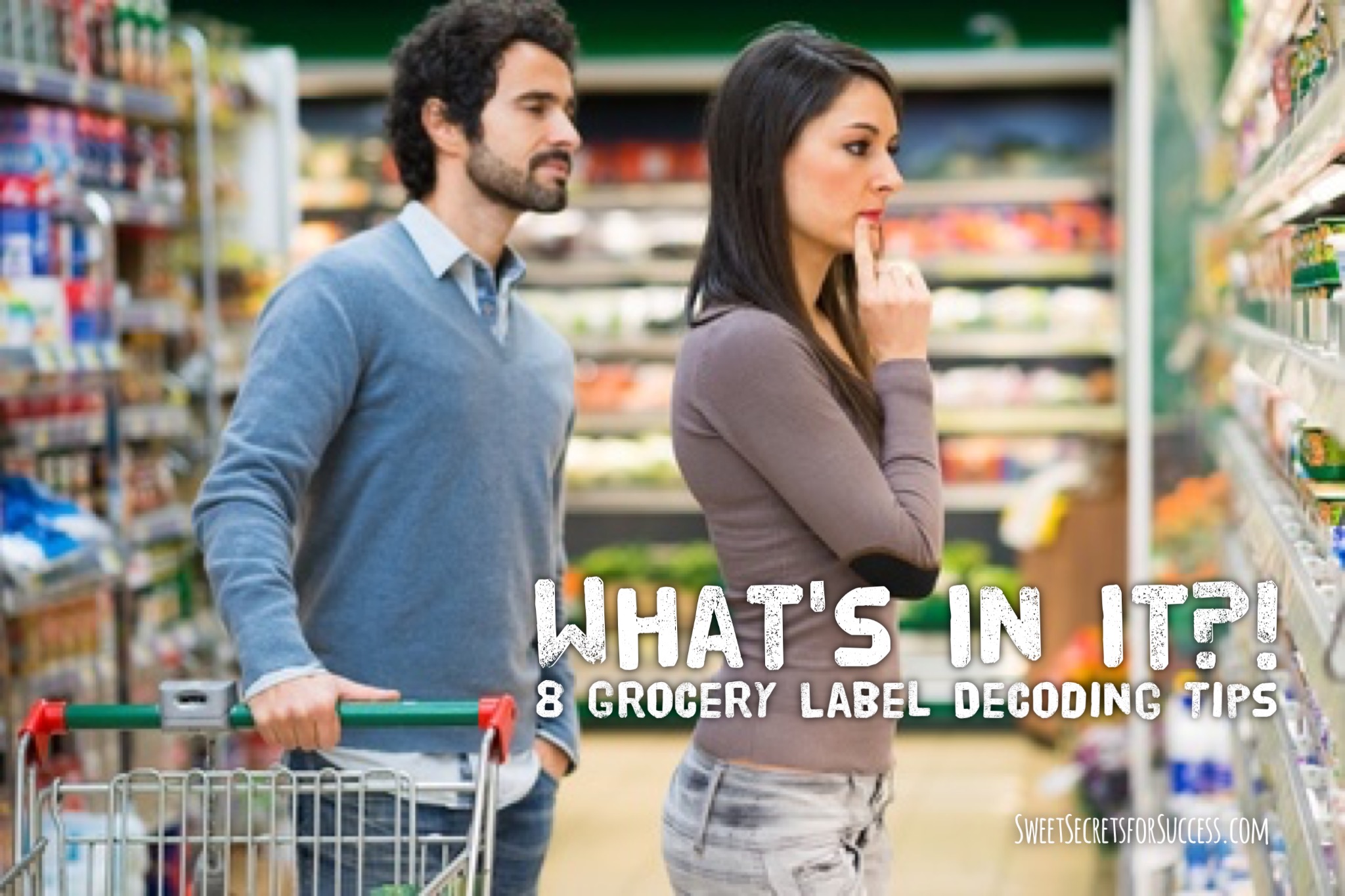March already?!!! Which means spring is here…and it’s National Nutrition Month, so what better time to highlight a few simple secrets that can give you a wealth of information and help you make smart food choices.
Label reading can be one of your most simple yet powerful tools. You actually might be shocked at what you find. Numbers and wording can often be misleading, saying what the food industry or manufacturers want you to believe. Here are a few things you especially want to examine:
- Pronounce ingredient list. If you are struggling to say the words, it’s quite likely it’s a highly processed food item with lots of additives and/or preservatives. Your body doesn’t need chemicals, and they can be a source of inflammation, weight gain, hormone imbalances and more. Look for another option. Shorter lists and simple, real ingredients are usually better, cleaner choices.
- Know sugar content. Remember, it has many other names in ingredient lists, so be sure to find all its sources. Then, calculate sugar content. In Total Carbohydrate section, you’ll notice it lists Sugars. Every 4 grams of sugar = 1 teaspoon. Example: 71 grams of sugars = 17 teaspoons of sugar (see Label 1.) Check for another brand with lower sugars OR find another option.
- Check Fiber content. Also under Total Carbohydrates for carby foods, look for and choose an item with at least 3 grams of fiber. The higher the number, the better. Low fiber?? Think again. Be sure to include plenty of these high fiber sources: beans, vegetables, fruit, grains, flax and chia seeds to get adequate daily fiber: 30-40grams. Most of us get only 10-15 grams.
- Examine for “Trans Fats.” Labeling laws allow for less than .5 grams to be labeled as “trans-fat free,” so be sure to look for hydrogenated fats in the ingredient list. If it’s on the label, trans fats are present.
- Go low sodium. Packaged foods usually have way too much. Choose items that use “sea salt” instead and have the lowest possible amounts. Limit items that start getting into the 400s+.
- Note serving sizes. Beverages are famous for splitting a large can of tea or bottle of coffee into 2 or even 3 servings. If this is the case, adjust your actual serving size to fit label OR multiply numbers to fit the actual amount you consume. (see Label 2–contains 3 servings per can)
- Consider calories. Although I’m not a calorie counter and rarely talk about calories, it is important to be aware of what is going into your body, as often we have no idea what really is in our food and what’s going into us. Check out some of the nutrition information/labels for the larger, fancy coffee drinks and restaurant entrees for a few surprises.
- Look for non-GMO and Organic. This is especially important for corn, soy, dairy and wheat products.

Label 1

Label 2

